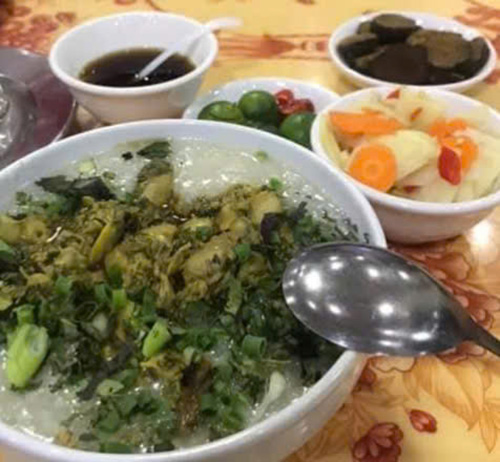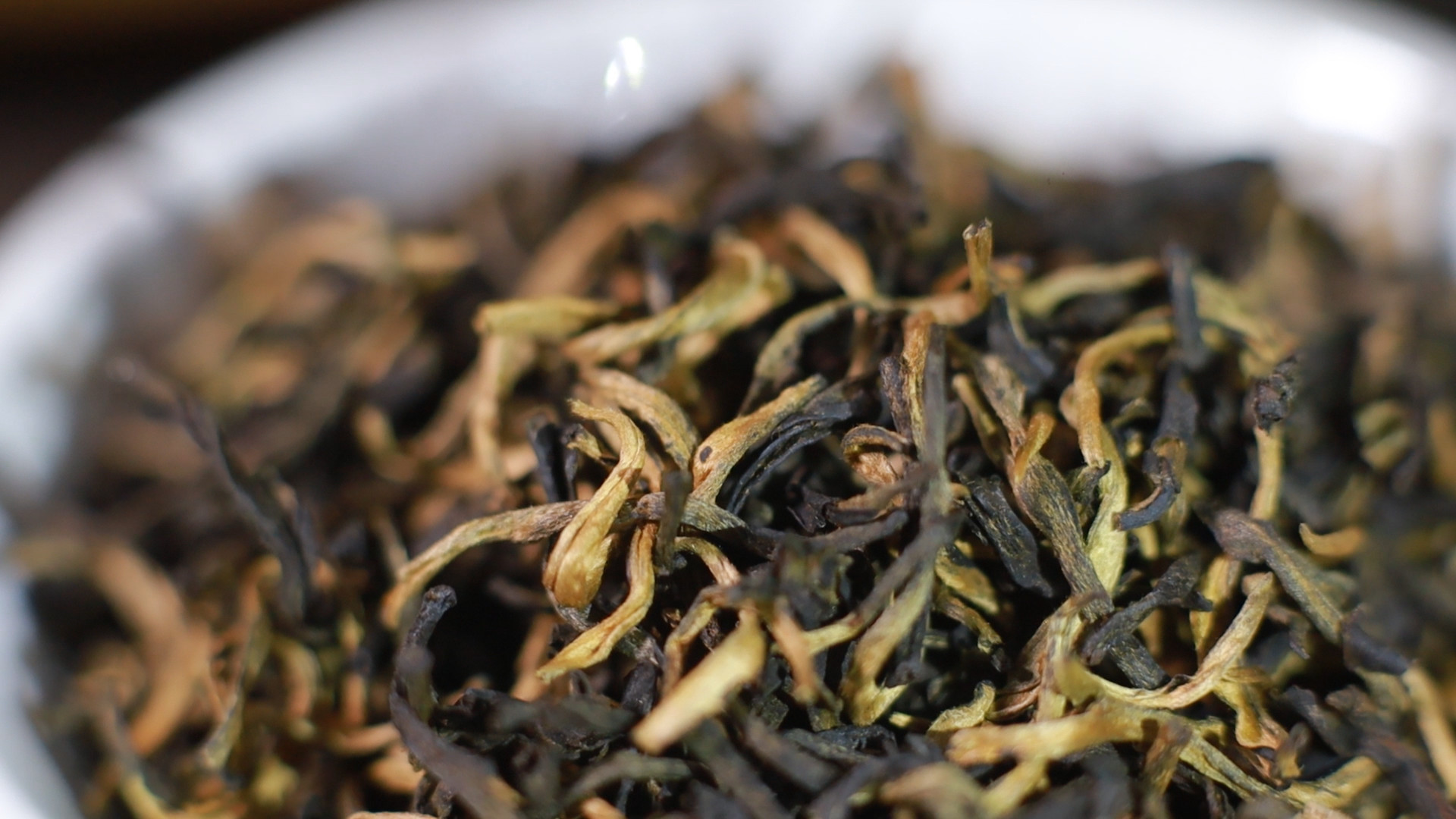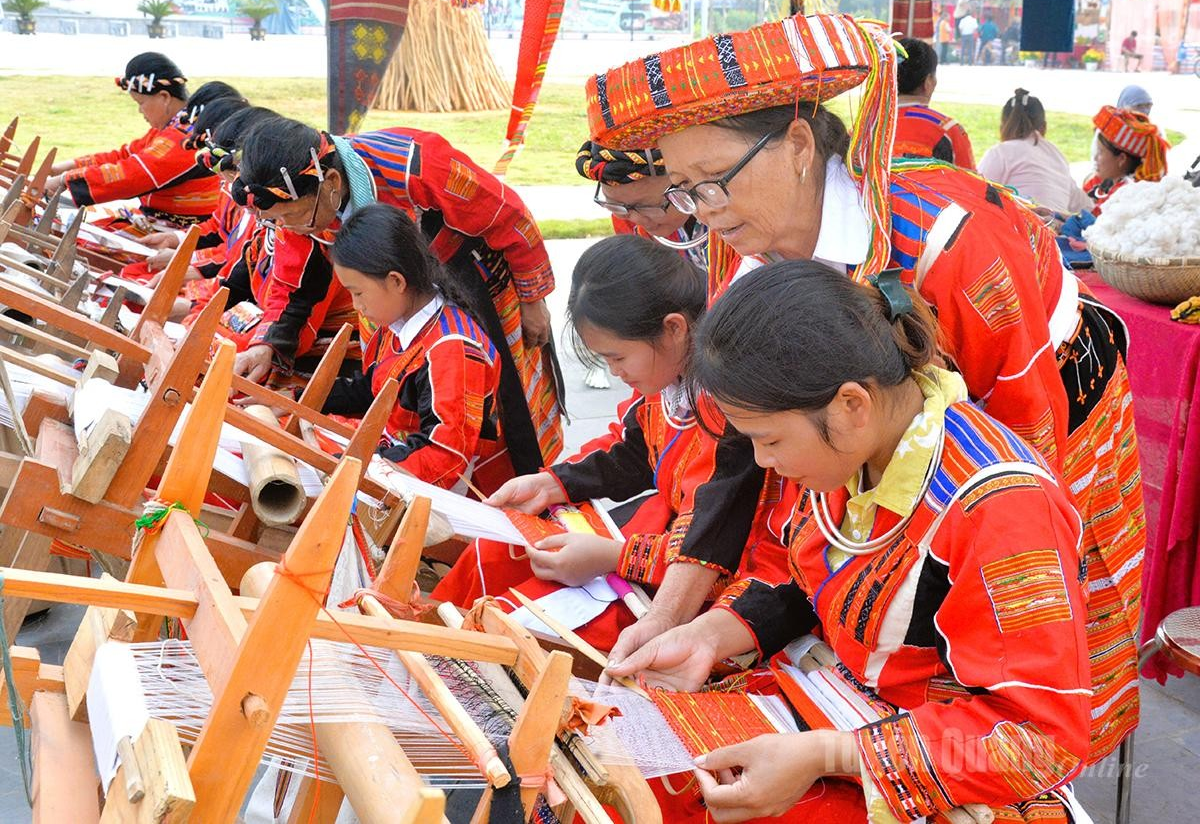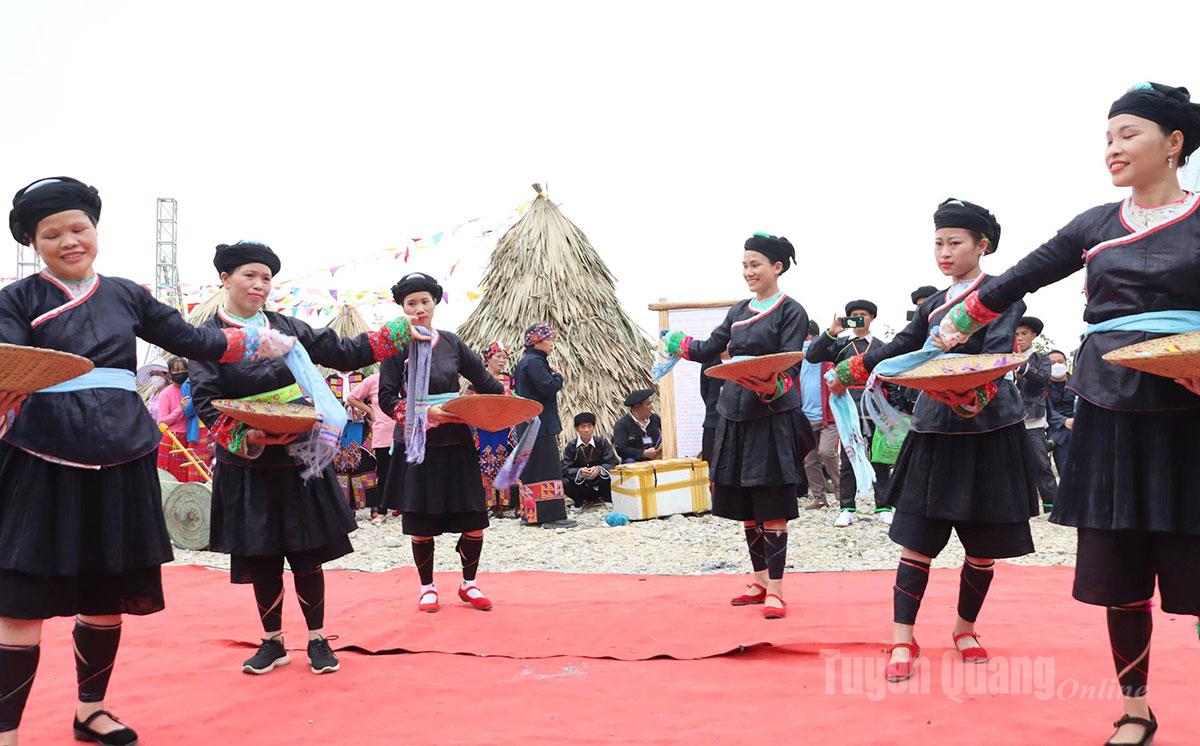
An aconite porridge in Tuyen Quang's Rocky Plateau
The Enigmatic "Sleeping Root"
Aconite, a wild root growing in the high mountains, resembles a taro root at first glance but possesses a potent toxicity. Locals call it the "sleeping root" because if consumed raw or improperly prepared, it can cause tongue numbness, dizziness, and even be life-threatening. However, through the skilled hands of the highlanders, aconite is transformed into a precious ingredient for a fragrant and nutritious porridge.
Crafting a Highland Delicacy
Preparing aconite porridge is an elaborate process. The roots are first soaked in rice water for about 10 hours, then simmered thoroughly for 4 to 6 hours to neutralize the toxins. Once cooked, the root becomes soft, mashed, with a light yellow hue and its characteristic bitter taste. The rice, typically a blend of glutinous rice (Nep Cai Hoa Vang) and regular rice, is simmered with bone broth to create a thick, rich consistency. Minced meat, chicken egg, green onions, and perilla leaves are added at the end, creating a harmonious aroma that blends hints of traditional Oriental medicine with the familiar scent of porridge.
A Flavor That Lingers
The initial taste of aconite porridge is a distinct bitterness on the tip of the tongue, but this quickly gives way to a lingering sweetness and rich creaminess. This bitterness isn't unpleasant; instead, it becomes addictive, especially in the biting cold of a highland night. Locals consume aconite porridge to warm themselves, ensure a good night's sleep, and combat fatigue. For visitors, it's an unforgettable flavor, unique to this region.
Today, aconite porridge has become a renowned specialty, sold in small eateries and highland communes. It's a dish that is both humble and extraordinary, representing both a culinary essence and the indigenous knowledge refined over generations.
Nguyen Thanh Hieu
Vietnamese data source: Bao Tuyen Quang







